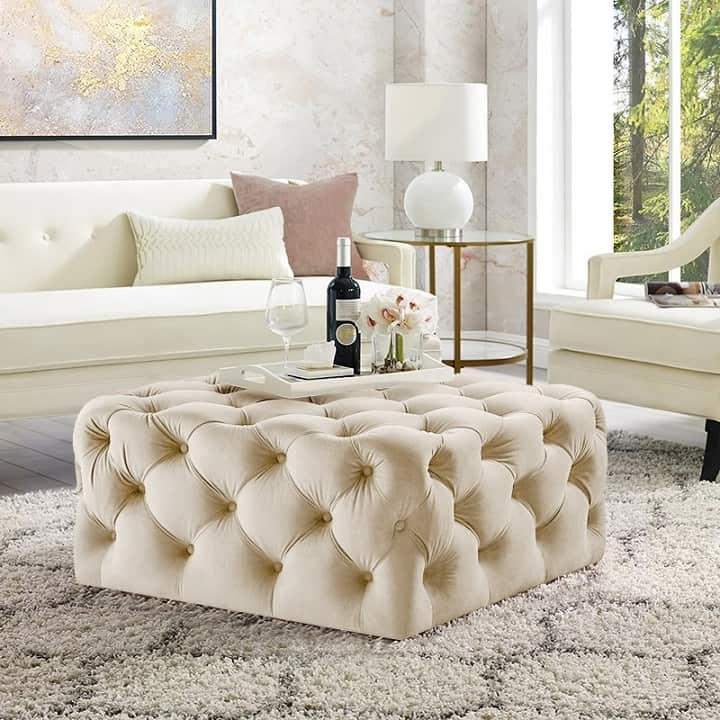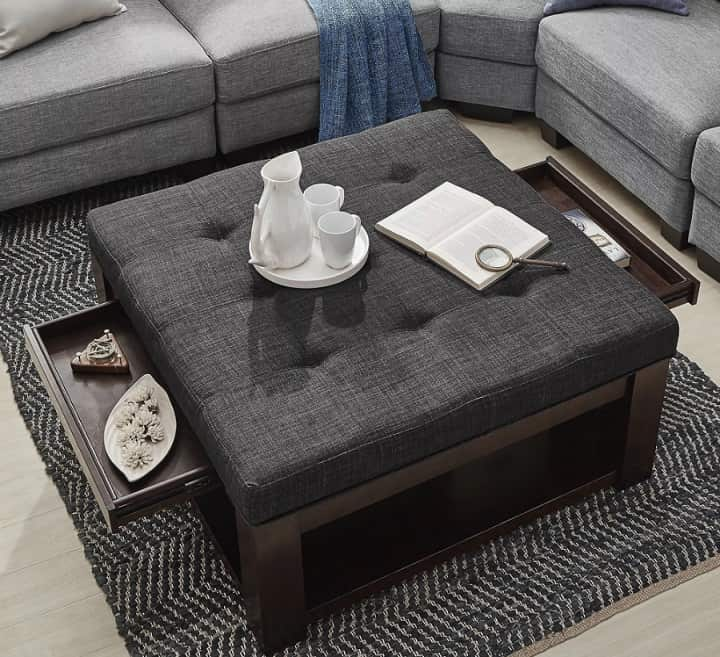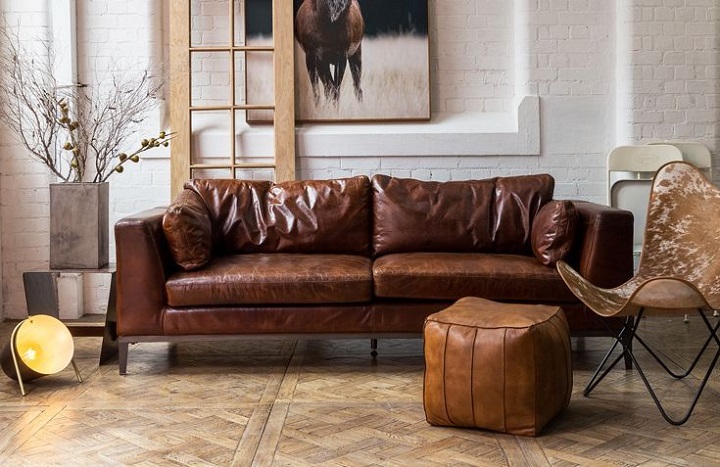What Is Modern Furniture Style?
For a lot of people, the terms ‘modern’ and ‘contemporary’ mean exactly the same thing. And no one could blame them for that since these words are considered synonyms. However, in the world of home and furniture design, these two terms refer to a completely different thing. The modern style origins from the mid-1900s and the furniture pieces in this style have strong lines with natural colours. The contemporary style, on the other hand, is a mix of the present and past furniture trends. In other words, it’s a blend of styles.
What Is an Ottoman?
Aside from the coffee table, modern chair and sofa, ottomans are an essential part of any well-designed living room. It’s a piece of modern home furniture whose purpose is to provide a comfortable footrest. In order to do that, ottomans should be placed in front of a sofa, chair or sectional. However, this doesn’t mean that the purpose and use of ottomans ends here. This appealing modern furniture piece can also be used as a stool or even as a coffee table. Plus, it can be also used in family rooms, bedrooms and even hallways.

Ottomans look like a soft padded seat without the arms and backrest. What makes them perfect to be used as more than just footrest is their robust structure, soft and cushiony padded surface. You can even choose one that has a storage compartment where you can keep some of the daily essentials that you don’t want to put on the coffee table.
The History of Ottomans
Ottomans come from Turkey. In fact, they are named after the Ottoman Empire and in that period, ottomans used this furniture piece mainly for seating. Ottomans were quite big back then but over time, Turkish people created a smaller version of the piece that could fit in every corner of a room. When the French invaded the Ottoman Empire, they were stunned by this amazing furniture piece that was also comfortable to be used as a footrest. In fact, this was the time when ottomans started being used as a footrest.
Types of Ottomans
Today, ottomans come in a range of materials, shapes and sizes. To choose the ideal piece for your needs and preferences, you first need to become familiar with the different types.
Ottoman Coffee Tables

The ottomans designed to be used as coffee tables have a firm and flat surface with no buttons or tufting on it. The main reason for this design is avoiding drink spills. You can still choose one with buttons on its surface and in order to use it, you can place a larger tray where you can put your food and beverage. These ottoman coffee tables can come in any shape and size, giving you the opportunity to choose the right one for your needs.
Storage Ottomans

These pieces can come in any size and they usually have a square or a rectangular shape. Their lid can be either lifted off or designed to open on hinges.
Glider Ottoman
Used as a footrest, glider ottomans can take your foot resting to a completely new level. Just imagine the cozy feeling when resting your feet on a gliding ottoman while enjoying in your rocker or glider. Priceless! Most glider ottomans are square, but you can still find some rectangular designs if you’re looking for a model that will provide you with more foot space.
Tufted Ottoman
Without a doubt, tufted ottomans are the most elegant of them all. They are attractive, sophisticated and comfortable with lots of cushioning for the feet. They can come in any shape, although the square ones are among the most popular and preferred option.
Materials

When buying ottomans, you will come across options made from a plethora of materials, with leather, rattan and microfiber being the most commonly used options. Microfiber is the easiest material to clean and maintain. Leather ottomans are way more durable, however, if used as a footrest, It can be cold in winter and warm and sticky in summer which may not make it the most pleasant option. So, before making a decision, carefully consider all of the material options to see which one will fit your design preferences and needs best.